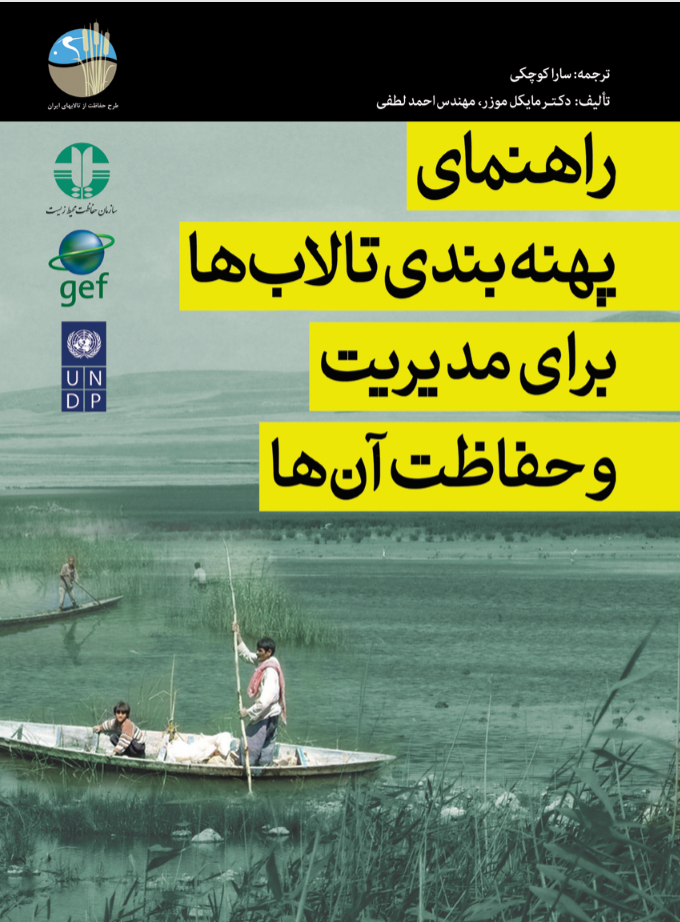
Wetlands ecosystems provide exceptionally valuable goods and services for human development, but they are also the most threatened type of ecosystem1 . This paradox arises because wetlands provide rich opportunities for exploitation for agriculture and fisheries as well as flat land for urban and industrial development; they are also extremely vulnerable from human impacts on their upstream water resources (dam building, water abstraction). As a result, there have been large-scale losses and degradation of wetlands, worldwide. Historical approaches to conserving wetlands focused on the creation of protected areas to safeguard sensitive habitats and species. These have been only partially successful. More recently, the Ecosystem Approach of the Convention on Biological Diversity (CBD) has shifted this focus to promote a balance of conservation and sustainable use, recognising that wetland biodiversity will only be conserved for future generations if humans use environmental resources sustainably. The main differences between the ecosystem approach and the more traditional approach to environmental management are that it:
• Puts people (rather than biodiversity) at the heart of natural resource management
• Extends biodiversity management beyond protected areas, to whole ecosystems
• Engages the full range of sectoral interests in an integrated way
• Decentralises management and governance to the lowest appropriate level
• Integrates conservation and sustainable use
• Recognises that (climate) change is inevitable, and promotes adaptation strategies to deal with change
Engaging stakeholders (local communities, resource users, decision-makers etc.) in wetland management is a challenging process, and the most effective way to achieve this is through integrated management planning. This process engages all the main stakeholders to agree common management objectives, and agrees the share or responsibilities for delivering those objectives. The process is usually captured in an integrated Management Plan, which is then approved for implementation by the high level stakeholders. Importantly, such management plans need to account for activities occurring in the wetland’s river basin – particularly the management of water resources.